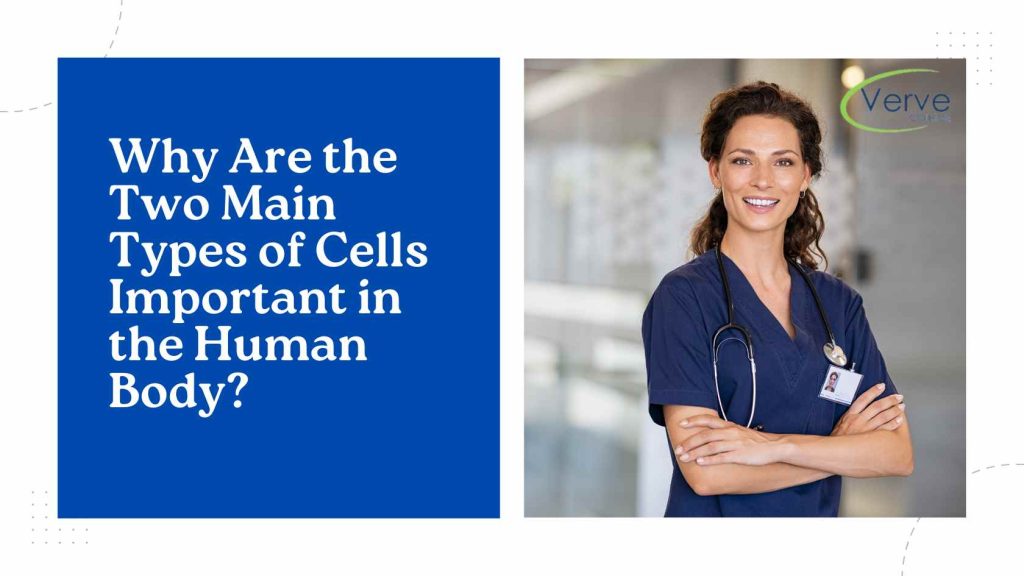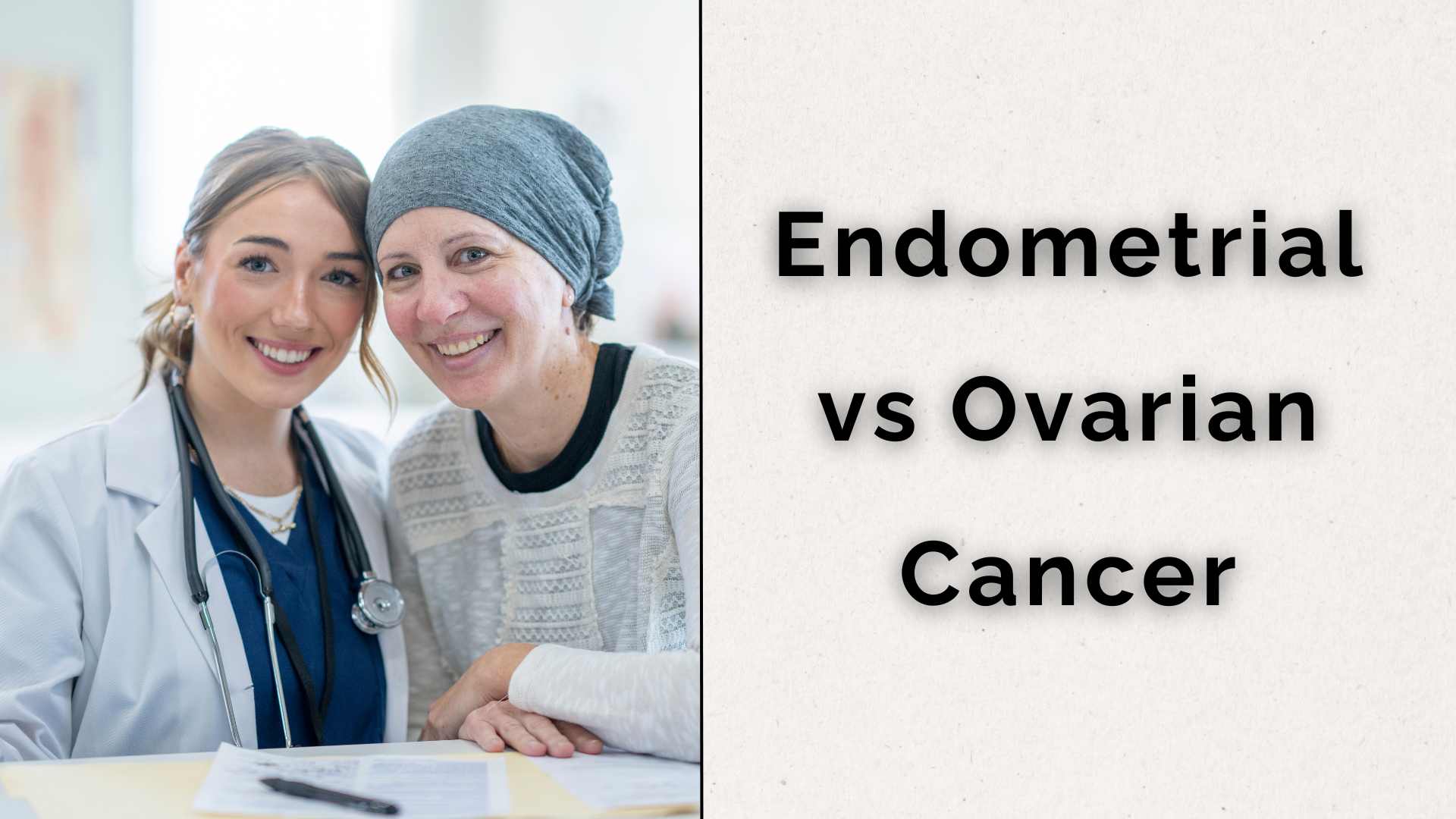- Oak Brook:(630) 705-9999
- Chicago:(312) 920-8822
- Email:inquiry@vervecollege.edu
- Make a Payment
- Home
- Programs
- Admission
- Resources
- ATI Entrance Exam Resources
- New E-Digital Library
- Refer a Friend
- School Newsletter
- Events
- Employers
- Job-Network
- Alpha Beta Kappa Candidates
- Verve College Library
- Graduation and Pinning Ceremony Photo Galleries
- Textbook Information
- Career Services
- Tutoring
- School Catalog
- FAQ
- Constitution Day Program
- Alumni
- Verve College Plans
- Financial Aid
- HEERF Reporting
- Satisfactory Academic Progress
- Apply For Financial Aid
- Net Price Calculator
- Return of Title IV Funds (R2T4)
- Financial Aid Office Code of Conduct
- Contact
- FAQs
- Verification Policy
- Vaccination Policy
- Student Right-to-Know Act
- Misrepresentation
- Information Security Program
- Academic Award Year
- Availability of Employee
- Cost of Attendance
- Health & Safety Exemption Requirement
- Students Rights and Responsibilities
- Leave of Absence
- Pell Formula
- Military Students
- Grants/ Scholarship Policy
- Contact Us
- Login
- Testimonials
- Blog
Is a Nursing Career Right For You?
Take The Free Quiz
Why Are the Two Main Types of Cells Important in the Human Body?
Why Are the Two Main Types of Cells Important in the Human Body?
Two major types of cells are classified as life on Earth. And the question is what are the two main types of cells in the human body? So the cells are prokaryotic and eukaryotic. Eukaryotes are multicellular organisms, including humans. They are composed of eukaryotic cells. Eukaryotic cell nuclei contain the genetic material. Eukaryotes also have membrane-bound organelles, unlike prokaryotes. Other organelles include mitochondria, which produce energy for the human cells, and endoplasmic reticulum (ER), which stores proteins and is involved in lipid metabolism. Human anatomy and physiology course near me in healthcare settings & long-term care facilities can give a deeper insight into the structure and functioning of human bodies.
What Are the Two Main Types of Cells in the Human Body?
Eukaryotic organisms are complex multicellular lifeforms with nuclei enclosed within an enclosed nuclear membrane. Eukaryotic cells can be found in animals, plants, protozoa, and fungi – they fall under the kingdom Eukaryote for classification.
Prokaryotic cells, unlike all other living things, do not contain nuclei or organelles attached to a membrane, while all other forms of life are eukaryotic. Prokaryotic organisms make up most of Earth’s biomass and play an essential role in ecosystem functioning.
Which Cell Kinds Are Present in the Human Body?
These types of cells are found in the body. This list needs to be completed.
Red Blood Cells
The most common cell type is the erythrocyte, which primarily transports oxygen, carbon dioxide, and nutrients throughout the body.
White Blood Cells
These cells help your immune system to detect and fight disease, infection, and inflammation. These cells also help your immune system see foreign substances in your body. There are several subtypes of white blood cells, including:
Agranulocytes This type of WBC does not have distinct granules within its cytoplasm. Monocytes and lymphocytes are examples.
Granulocytes: This type of WBC contains granulated basic structures within its cytoplasm, unlike agranulocytes. Examples are basophils, neutrophils, and eosinophils.
Platelets: These tiny, colorless cells are also called thrombocytes. Platelets adhere to an injured area, such as a bruise or cut. They help to stop the bleeding.
Skin cells: The skin is the largest organ of our body and comprises two different types of cells.
Keratinocytes: Keratinocytes make up the epidermis. They protect us against infections and form a protective, tough layer on the skin.
Melanocytes: Melanocytes can be found in the skin, hair, and the eyes. They produce melanin pigment, which is responsible for the skin’s color and its protection against UV rays.
Langerhans cell: Langerhans cells are “antigen-presenting cells” which play an essential part in skin immunity. Pathogens activate them in the upper epidermis layers. Birbeck granules are organelles made from inflammasomes, a type of protein. They help produce cytokines and fight infection.
Merkel cells: Also known as Tactile Epithelial Cells or Merkel-Ranvier Cells, these cells are located in the skin just below the epidermis and are considered necessary for the sense of touch.
Heart muscle cells: These cells, also known as cardiomyocytes or cardiac muscle tissue, are the cells that make up the heart muscles.
Stem cells: Stem cells have not yet differentiated into a specific type. Stem cells can divide to become another stem cell or a specific type of cell. They can be found in adult tissues, such as the bone marrow. The stem cells are classified as follows:
Totipotent cell: Totipotent (or totipotent) cells can form any cell in the human body.
Pluripotent cell_ Pluripotent (or multipotent) cells can become any cell except for an egg or sperm.
Multipotent cells: These cells can be developed into multiple types of cells. Still, they are more limited than the pluripotent ones.
Bone cells: These are the cells that makeup bone tissue. The major function of bone cells is further divided into Osteoclasts (the most common), Osteoblasts (the more common), and Osteocytes.
Osteoclasts: Osteoclasts are bone cells that break down and absorb bone tissue. These cells are crucial as they initiate the bone remodeling process.
Nerve cells: The nerve cells or neurons are the basic building blocks of your nervous body system. They allow communication between the brain and different parts of your body. These cells carry electrical impulses from your brain to various body parts.
Private LPN schools near me (vocational schools) offer training that will equip you to become a licensed practical nurse (LPN or vocational nurse). Understanding nerve cells (neurons) and glial cells – two crucial parts of the nervous system – is key for those hoping to pursue the healthcare profession.
 Sign up
Sign up Login
Login




